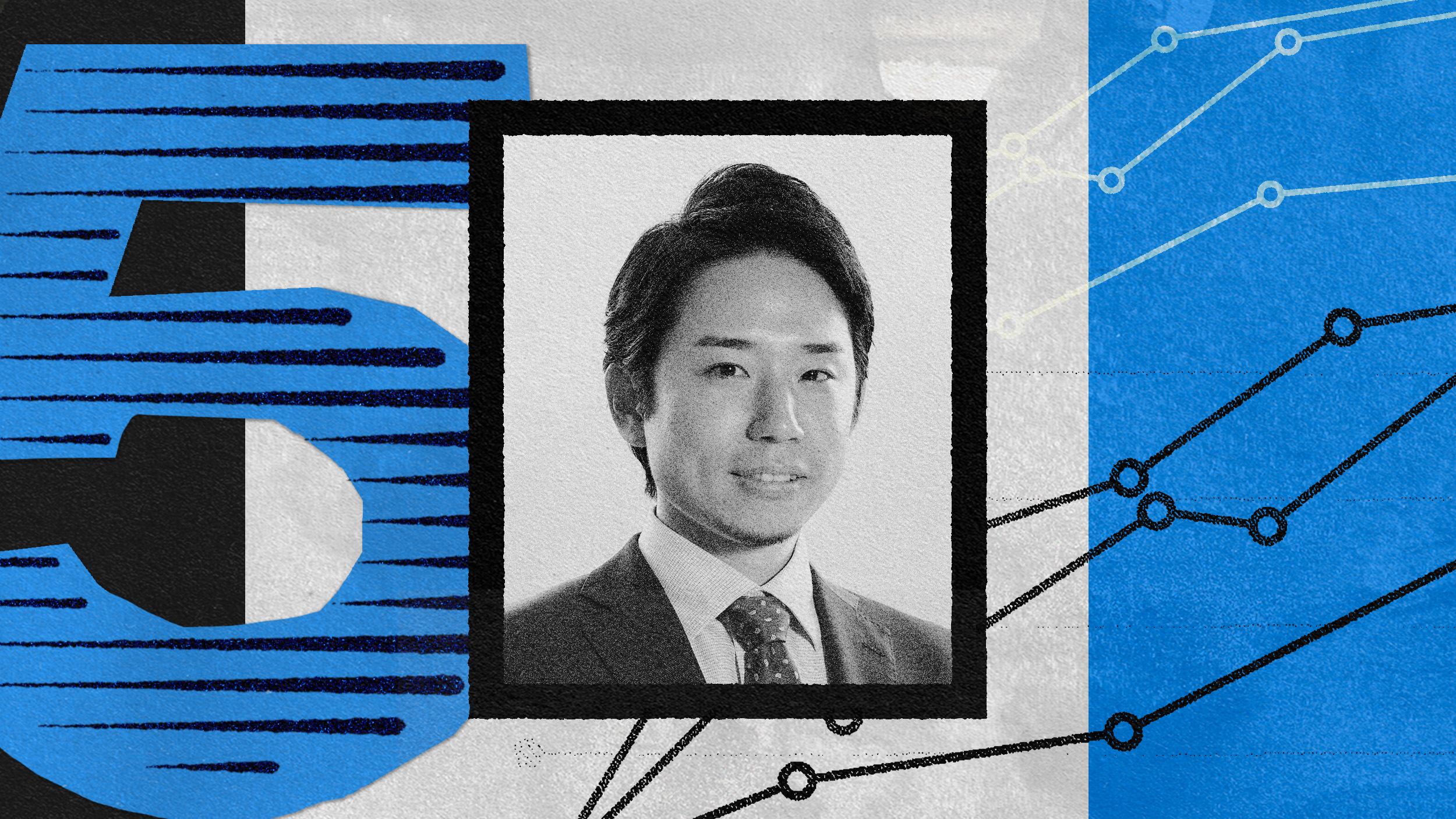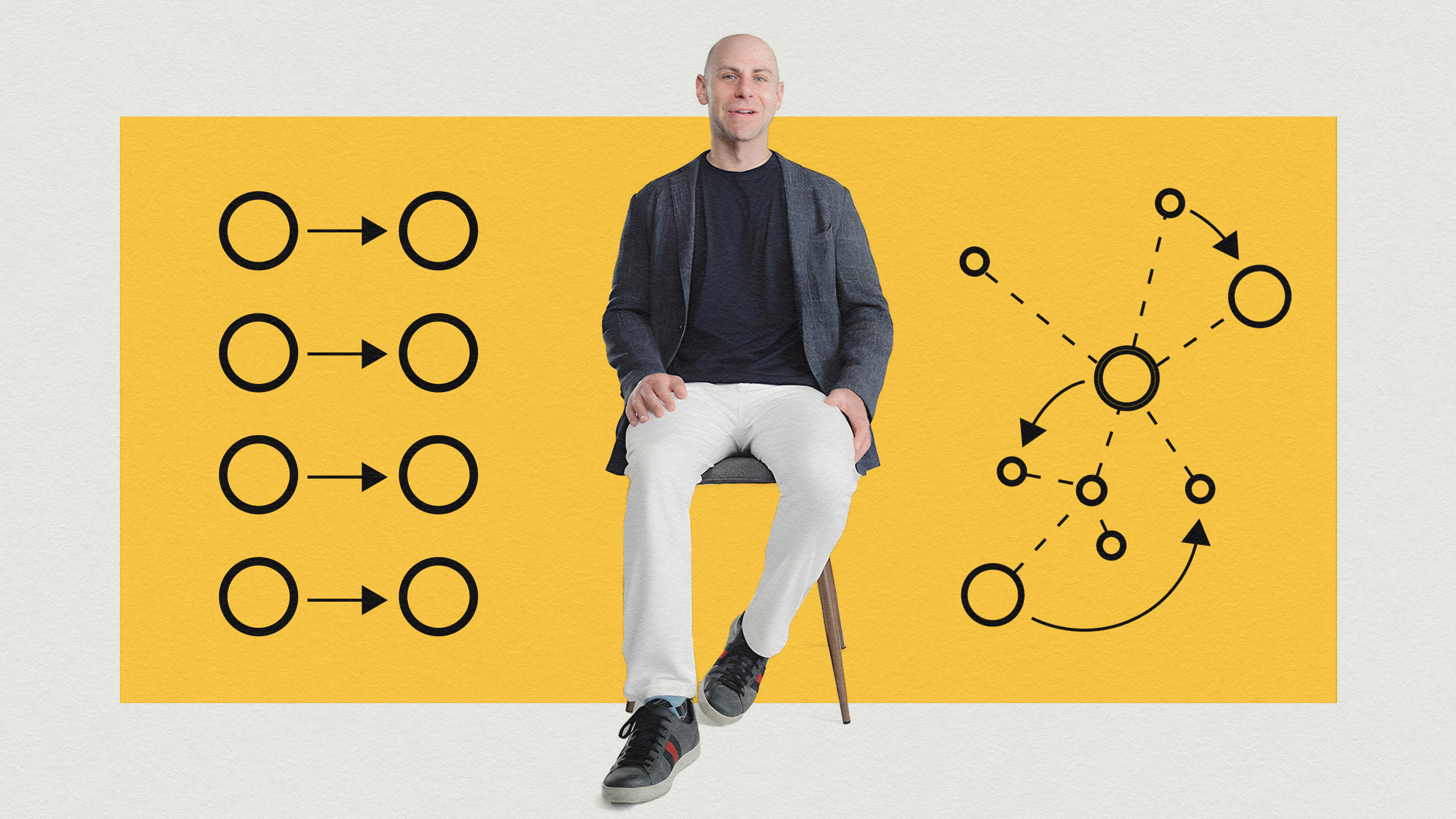The “Peter Principle”: Why most companies are filled with people out of their depth

- In 1969, Laurence Peter and Raymond Hull coined the term the “Peter Principle” to express how competent workers get promoted to a point where they are no longer good at their jobs.
- For example, this can happen when people who have been followers for all their careers are suddenly expected to be leaders.
- Here we look at ways we can learn from the Peter Principle — and how we can avoid its pitfalls.
Peter is a fresh-faced new recruit who can’t wait to start his new job. He walks into the office, clutching his lunchbox to his chest like a soldier on parade, and smiles as he sits in his cubicle. Peter is great at his job, and his bosses quickly notice. So, after two years, he’s promoted to Junior Manager. His lunchbox is bigger, and the sandwiches are gourmet now. Another two productive and efficient years go by, and Peter is promoted to Manager. Gone is the lunch box. Peter now eats from the cafeteria downstairs. Two more years, profits are up, and Peter’s department is instrumental. So, six years into the job, he’s made Senior Manager.

But it’s too much, too early. The wheels start to wobble. Peter misses deadlines and forgets to reply to emails. He works late into the evening but never seems to get things done. He doesn’t have a lunchbox anymore because he doesn’t have time to eat lunch. Peter is stressed, anxious, and woefully out of his depth. He’s been overpromoted and he’s incompetent.
Peter feels isolated and alone, but Peter is not alone. All over his company there are people like him —people who have been promoted to a position they’re unable to do well. It’s a problem that cripples any bureaucracy, and it’s got a name: The Peter Principle.
The Peter Principle
In 1969, Laurence J. Peter and Raymond Hull wrote the book The Peter Principle, where they laid out the theory that all employees will, eventually, hit a point in organizational hierarchy where they are ill equipped to do their job. The book was originally intended to be a satire — a lighthearted observation that most people can identify with. Hull and Peter argued that anyone good at their job will, eventually, get promoted. And they’ll carry on getting promoted until they reach a point where they are not good at their job. At which point they’ll not be promoted anymore but will linger in their post, flailing around in a job they’re not competent enough to do. And so, the book argues, a company will eventually be made up predominantly by people who are ill-equipped to do their job well. It’s a hierarchy of incompetence — children, dressed in suits too big.
One example of how this happens is the fact that “good followers do not become good leaders.” To work your way up the ladder, you often have to follow the rules, obey instructions, and pepper your interactions with varying degrees of sycophancy. You’re aiming to be likeable and friendly without being ingratiating. And so, “good followers” get promoted. But there comes a point in a promotion cycle when you need to stop following and take the lead. You need out-of-the-box thinking and need to rally the troops for a brave, daring assault that no one else saw coming. What Hull and Peter point out is that it makes no sense at all to assume that someone who’s lived their career in unoriginal subordination would suddenly become Abraham Lincoln with a corner office.
Learning from Peter
Of course, not all companies are filled with incompetents, and the Peter Principle is not some law of fate. Here are three things we can learn from Hull and Peter’s idea and how we can avoid it.
The learning pit. If you spend any time talking to teachers or parents, they’ll probably be able to tell you about “the learning pit.” The learning pit is where you throw a student a task that is far beyond their current abilities so that they can’t possibly achieve it yet. Then, with scaffolding and careful support, you help them climb out of the pit to fist-pumping success. The idea is that we all need a degree of pit-panic. We need to feel challenged and to struggle a bit if we’re to grow. No one gets stronger by lifting the same weight every day; you need to increase the load. The Peter Principle is not bad in itself but rather highlights the need to train or coach people “on the job.” With our opening story, we don’t know the ending. It might be that after a year of struggling, Peter learned competencies he didn’t know — he grew from the challenge and came out of the pit. But you cannot let someone drown before they’ve learned how to swim. Every promotion needs support. Every new role needs training.
The leadership gap. On Big Think+, Josh Bersin, CEO of The Josh Bersin Company and former principal of Bersin by Deloitte, talks about “the leadership gap,” where companies around the world are finding it hard to recruit competent leaders. Echoing what Peter and Hull wrote 80 years ago, Bersin tells us, “Every individual performer, individual contributor who gets promoted to a supervisor or managerial job isn’t really taking on a new job. They’re really taking on a new profession.” For so much of our early working life, a certain skillset is required. That often involves following instructions and being a team player. Then, suddenly, we’re expected to give instructions and to be a team leader. Without some substantive transitional period between the two, we’re bound to meet this “leadership gap.” Of course, Bersin does not leave us empty-handed, and his advice on Big Think+ is invaluable.
Right person, wrong job. Sometimes, a promoted employee cannot be trained up suitably for a new role. Sometimes, their skillset simply won’t bend to the needs of the job, and their natural work style isn’t right for that title. In this case, what do you do? It seems silly to fire the person since they were clearly hugely competent up to this point. In our modern work culture, it’s hard to demote a person — pride and “Oh, I just bought a new house” put a stop to that. The best solution, sometimes, is to create a job that suits that person better. Or, better yet, to move them sideways to a position where their skillset will be better applied. History is littered with examples of this. Thomas Jefferson was a brilliant writer but unskilled at speaking, so he was given the role of drafting the Declaration of Independence while Samuel Adams handled the oratory. Steve Wozniak co-founded Apple in 1976, but after the company went public in 1980, he soon found managerial roles hard work and so consciously turned to engineering and innovation. In 2019, Xin Jin of University of South Florida and Michael Waldman of Cornell University concluded that “lateral moves” like this were correlated with job satisfaction and wage increases. The paper contains proven and practical advice about how any company can implement lateral moves well.





